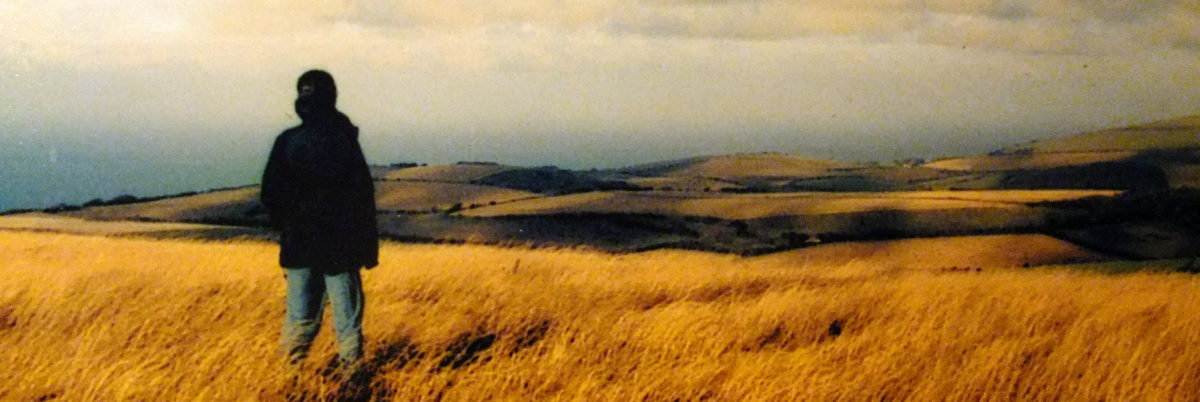
My granddaughters and I went shopping for new school shoes recently. As we wandered down the aisles searching for just the right pair, I came to a halt before this sign:
LOVE – WANT – NEED – BUY!
Wow! What a beautifully concise expression of the consumerist progression in our culture. I love it, I want it, and finally I really need it! How easy it is to slide from one stage to the next. And then, buying it, we are satisfied — or not.
In stark contrast are teachings from the great religious traditions of the world. Most familiar to me are Jesus’ words, Do not store up for yourselves treasures on earth. And a bit later, Do not worry about your life, what you will eat or drink, or about your body, what you will wear. (Matt. 6 NIV)
And here is the quandary. Jesus’ teachings may work well for an itinerant preacher who walks the countryside with only the clothes on his back and has followers who provide food but what about me?
I live in a material world and have many material possessions. I own a house; it has furnishings. I travel, and bring home souvenirs. My closet is filled with clothes, my attic with family mementos and Christmas decorations, my basement with garden tools, an old sofa or two, and my husband’s motorcycle. How should I live with these things? How much is too much? How do I decide?
Sometimes the quantity of material objects that fills the space around us is burdensome, and we know it is time to de-clutter. Perhaps it’s time to downsize. There are books and guides to help us, and we freely donate useful objects to appropriate non-profits.
But many times we just want to live more cleanly and simply in relationship with our possessions and we don’t know how to do it. Once I tried writing a material autobiography, sharing my story through significant material objects. I didn’t get very far but I did consider why I treasured them. I remembered William Morris’ dictum to possess only those things that we “know to be useful or believe to be beautiful.” And I added another category: things that tell an important story.
These guidelines help us see our possessions and honor them for the role they play but they don’t help us negotiate our day-to-day relationship with them. They can still feel burdensome.
The challenge, I believe, is to appreciate the things we have without clutching them, to hold them lightly rather than tightly. The only difference between lightly and tightly is a small horizontal line – and a basic orientation to the material world.
Holding lightly does not mean we value our material things less but it means we carry a willingness to release them, recognizing they are ours only for a time. Perhaps they will be given to another, perhaps they will wear out. Perhaps we will be the ones worn out, and the release will be an involuntary release at the end of our lives. Possessing our things while being willing to let them go transforms the relationship.
I know a woman who decided to give away one thing she owned each day in Lent. Forty days, forty releases. She not only released some possessions, but she learned to hold everything more lightly. Holding lightly and releasing was more than an abstract idea for her. It was a powerful spiritual practice that created more space for God in her life.
I would like to replace the shoe store sign with another:
LOVE – HONOR – HOLD LIGHTLY – RELEASE!

